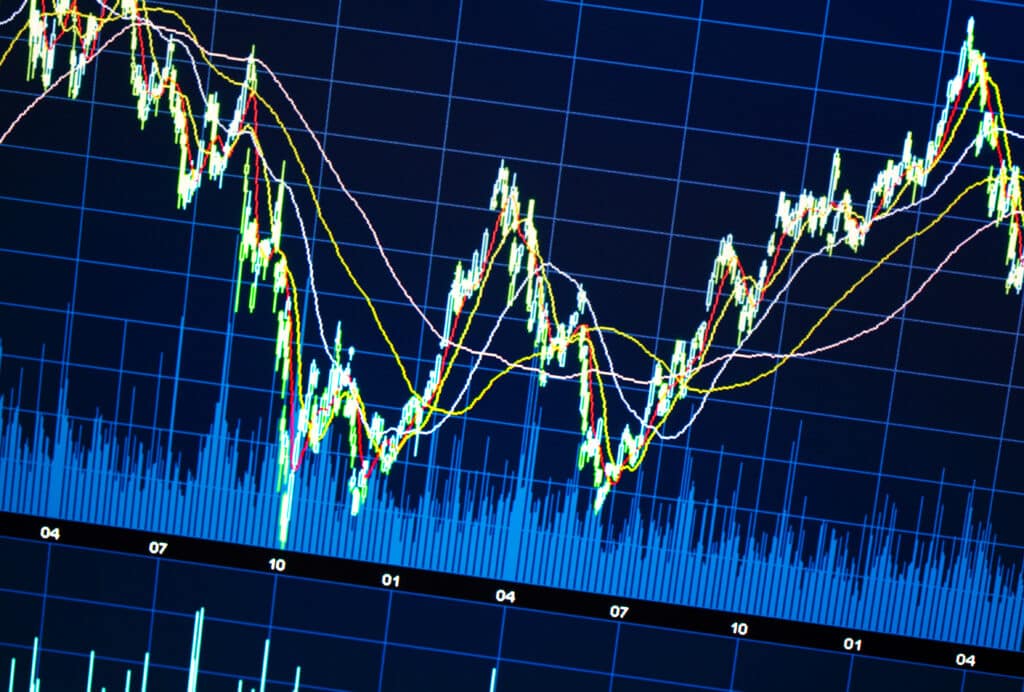Trading Through Volatility with Confidence
Introduction
In today’s ever-changing financial landscape, trading through market volatility is a skill that every trader must master. The ability to navigate turbulent markets with confidence can make all the difference between success and failure. In this article, we will explore strategies and tips to help you trade through volatility with unwavering confidence.
Understanding Market Volatility
What is Market Volatility
Market volatility refers to the rapid and significant price fluctuations in financial assets. It can be caused by various factors, including economic events, geopolitical tensions, and market sentiment.
Why is Volatility Both a Challenge and an Opportunity?
While market volatility can pose challenges, it also presents opportunities. Volatile markets offer the potential for significant profits due to the wide price swings.
Trading Strategies for Confidence
Diversification
Diversifying your investment portfolio can help mitigate risks associated with market volatility. Invest in a variety of assets, such as stocks, bonds, and commodities.
Risk Management
Implementing a robust risk management strategy is crucial. Set stop-loss orders and adhere to them. This ensures that your losses are limited in case of adverse market movements.
Technical Analysis
Utilize technical analysis tools to identify entry and exit points accurately. This analysis can provide you with a better understanding of market trends and potential price movements.
Fundamental Analysis
Keep an eye on economic indicators, corporate earnings reports, and news events. Fundamental analysis helps you make informed trading decisions.
Building Confidence
Continuous Learning
Stay updated with the latest trends and news in the financial world. The more you know, the more confident you’ll feel in your trading decisions.
Embrace Patience
Trading with confidence also means being patient. Avoid impulsive decisions and give your trades time to develop.
Emotional Control
Emotions can be a trader’s worst enemy. Maintain emotional discipline and stick to your trading plan.
FAQs
1. How can I control my emotions during volatile trading sessions?
– Emotions can be controlled through mindfulness techniques, deep breathing, and by having a well-defined trading plan.
2. Is trading through volatility suitable for beginners?
– Trading through volatility can be challenging for beginners, but with the right education and practice, it is possible to succeed.
3. What is a stop-loss order, and how does it work?
– A stop-loss order is an instruction to automatically sell a security if it drops to a certain price. It helps limit potential losses.
4. How often should I review my trading strategy?
– Regularly review your trading strategy to adapt to changing market conditions and your evolving skills.
5. Can I trade with confidence in any market condition?
– With the right knowledge and strategies, you can trade with confidence in various market conditions, including volatility.
In conclusion, trading through volatility with confidence is a skill that can be developed with knowledge, practice, and discipline. By understanding the nature of market volatility and employing effective trading strategies, you can confidently navigate the ups and downs of the financial markets. Remember, patience and emotional control are as important as technical skills in achieving success as a trader.





